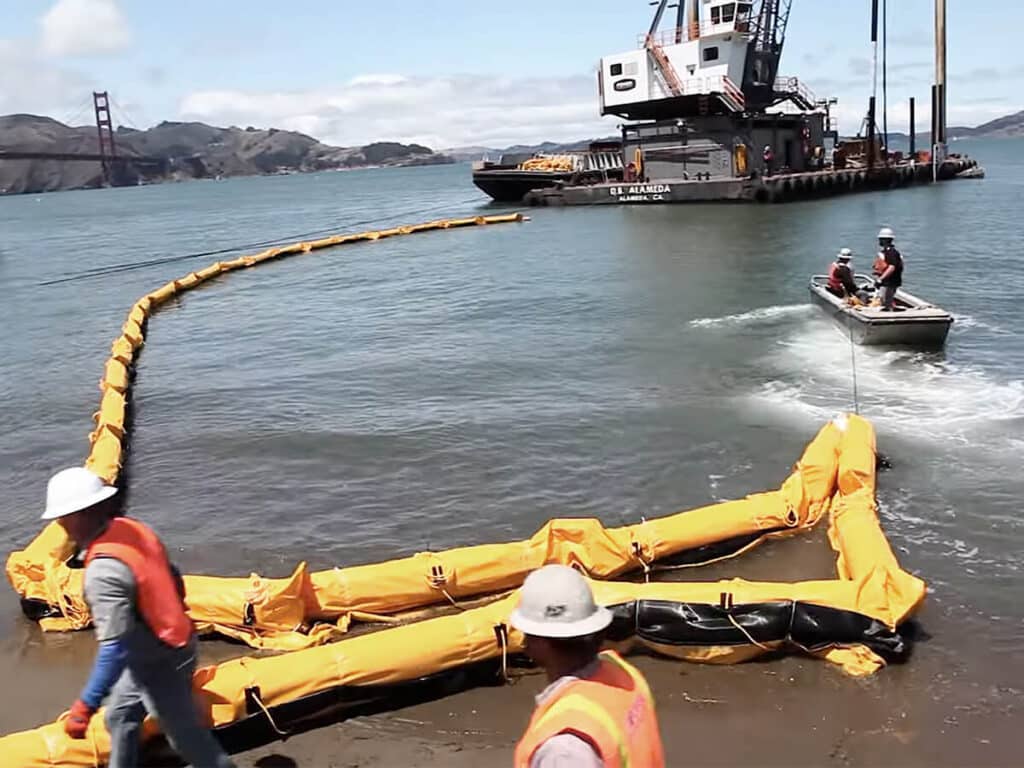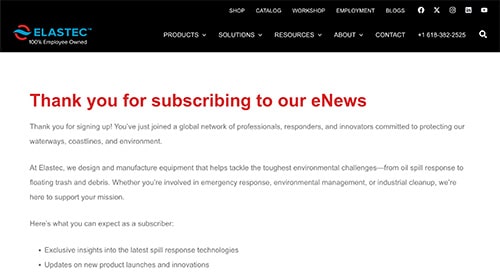
When planning for sediment control in marine or freshwater construction zones, one of the most common questions contractors and environmental engineers ask is: “How much silt curtain do I need?” The answer goes beyond just the length of the curtain needed to span the site. To ensure effective turbidity control and compliance with environmental regulations, you must account for factors like anchoring systems, water depth, and site geometry.
In this guide, we break down everything you need to know to estimate your turbidity curtain requirements accurately—saving you time, money, and regulatory headaches.
1. Measure the Linear Distance to Be Contained
Start by identifying the total length of the shoreline, perimeter, or waterway you need to isolate. This is your base curtain length, but it’s only the beginning.
Pro tip: Always round up your measurements and add a 10–15% buffer to account for site irregularities, overlaps, or curtain splicing.
2. Account for Anchorage — Why the 5:1 Slope Rule Matters
The most overlooked—but critically important—element in silt curtain installation is the anchor rode (the lines that secure the curtain in place).
Why a 5:1 Slope Ratio Is Ideal
For stable anchorage, industry best practices recommend a 5:1 horizontal to vertical slope. That means for every 1 foot of water depth, you’ll need 5 feet of anchor line.
Example:
In 10 feet of water, each anchor line will require 50 feet of rode. Depending on your configuration, that could mean 50 feet on one side (typically seaward) or up to 100 feet (both sides) of anchor lines per anchoring point.
Implications for Work Zones
Anchor lines often extend well beyond the footprint of the curtain and can encroach into your active work area. That means you’ll need to:
- Design your work zone layout with anchor line placements in mind.
- Avoid conflicts between curtain anchors and construction equipment, barges, or dredge lines.
- Consult with marine engineers or curtain suppliers for anchor point optimization.
3. Consider Environmental and Regulatory Requirements
Different jurisdictions may have specific requirements regarding:
- Maximum turbidity levels
- Curtain type (Type I, Type II, or Type III)
- Depth of deployment
- Duration and seasonal usage
Failing to account for these factors could require re-installation, additional permitting, or fines.
4. Factor in Current, Wind, and Boat Traffic
Environmental conditions significantly affect how much curtain you’ll need. Strong currents, wind exposure, and high boat traffic may require:
- Reinforced or heavier-duty curtains
- Additional overlap or layering
- More frequent anchor points
All of these conditions will increase the amount of curtain and anchorage hardware you need to order.
5. Summary: Estimating Your Total Silt Curtain Needs
| Factor | What to Measure | Why It Matters |
| Linear shoreline/perimeter | Total project span | Baseline for curtain length |
| Water depth | Deepest point of curtain | Determines vertical curtain and anchor rode |
| Anchorage layout | One-side vs. both-side anchoring | Affects amount of anchor line needed |
| Environmental conditions | Currents, wind, tides | May increase hardware and curtain redundancy |
| Regulatory rules | Local/state/federal guidelines | Affects curtain type and installation scope |
Final Thoughts
When estimating silt curtain needs, don’t just measure the shoreline. Account for anchor rode lengths, work zone geometry, and site conditions. A 5:1 slope for anchorage means your curtain system can extend well beyond the immediate project area, both above and below the waterline.
Working with a turbidity curtain supplier or marine environmental engineer early in the planning phase can help you avoid costly surprises during installation.
Need help calculating the exact amount of silt curtain for your project?
Contact us today for a free project assessment and quote.
Connect With Us
Sign up for our newsletters to receive the latest news and product information from Elastec.


